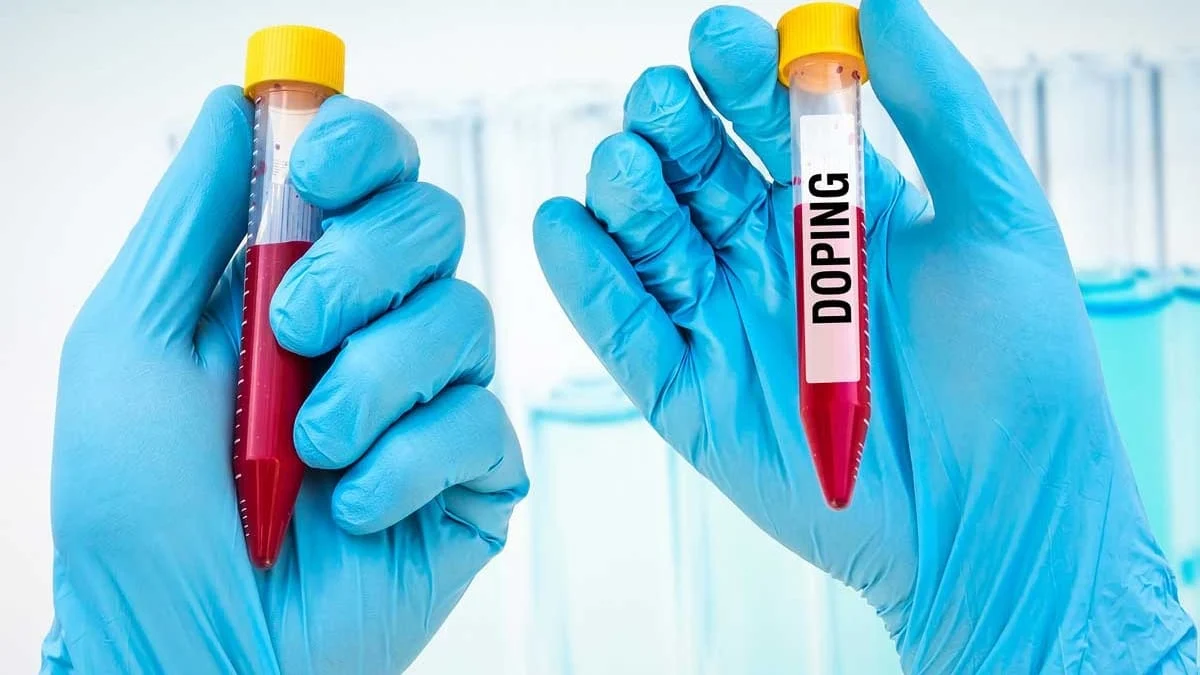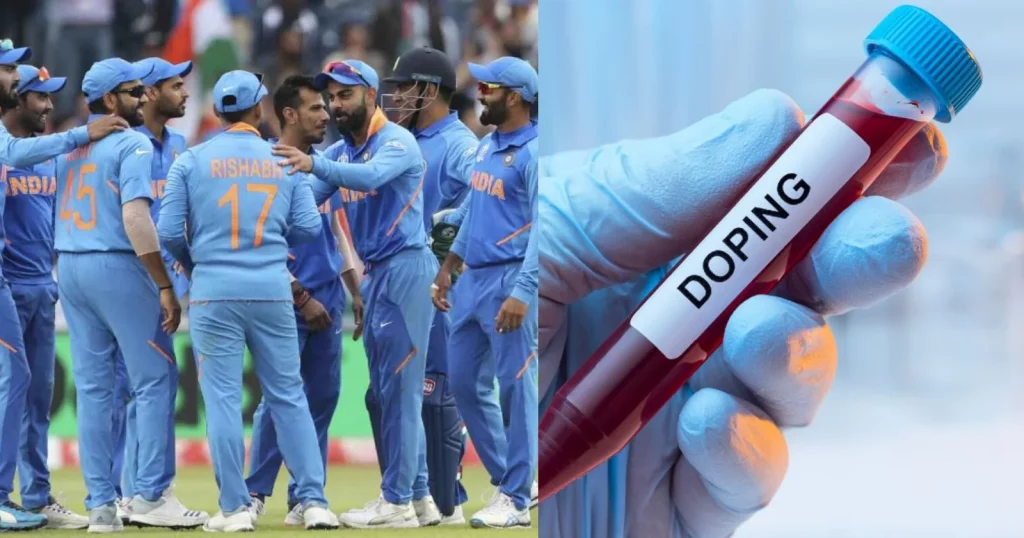Dope Test: Doping scandals aren’t exclusive to track and field or cycling. Even cricket, a gentleman’s game, isn’t immune. Hence, the introduction of the dope test.
What is the Dope Test?
The dope test, fundamentally, detects prohibited substances in athletes’ systems. Cricket players, like all athletes, undergo these tests. The objective is to ensure a level playing field.
Why is it Important in Cricket?
Cricket demands stamina, especially in longer formats. Some might resort to performance-enhancing drugs for an edge. The test ensures fair play and player safety.
The Doping Control Process:

1. Player Selection:
Randomly, players are chosen for testing. Sometimes, specific players might be targeted based on credible information.
2. Notification:
Once selected, the player receives an immediate notification. Post-notification, the player must remain within the tester’s sight.
3. Sample Collection:
Primarily, urine samples are collected. Players must produce the sample under the direct observation of a tester.
4. Sample Splitting:
The collected sample splits into A and B containers. This ensures a backup if re-testing becomes necessary.
5. Packaging
Each sample is securely sealed. This ensures there’s no tampering before the lab testing.
6. Transportation
Samples are then transported to World Anti-Doping Agency (WADA) accredited laboratories, ensuring top-tier analysis standards.
7. Lab Analysis:
The ‘A’ sample undergoes testing first. If this sample tests positive, the ‘B’ sample is examined for confirmation.
8. Result Notification:
Players are informed of negative results via their respective cricket boards. Positive results involve a more detailed process.
What Happens if a Player Tests Positive?
A positive result initiates a thorough investigation. Players have rights during this phase. They can:
- Request their ‘B’ sample’s testing.
- Attend the ‘B’ sample’s opening.
- Receive a detailed lab report.
- Appeal against the positive result.
If found guilty, players face suspensions. The length varies based on the substance and its quantity. Additionally, players might face financial penalties.
Dope Test’s Evolution in Cricket:
Historically, doping wasn’t a significant concern in cricket. But, as fitness levels became crucial, the risk increased. Hence, the International Cricket Council (ICC) adopted WADA’s Anti-Doping Code. Now, regular tests occur during tournaments. Surprise tests happen year-round, maintaining consistent vigilance.
Recent Innovations:
To improve accuracy, the latest technology always gets incorporated. Biomarker tests are the latest addition. They monitor changes in the player’s biological markers. This identifies indirect evidence of doping, increasing detection chances.
YOU MAY ALSO READ: Here is Why Prithvi Shaw Has Been Out Of The Indian Team For 2 Years
Dope tests in cricket, like in other sports, serve as essential integrity checks. They ensure that performances on the pitch come from skill and dedication, not illicit substances. By adhering to global standards, cricket upholds its reputation as a fair competition. Players, fans, and administrators all benefit from these rigorous checks, ensuring the spirit of the game remains undiluted.

